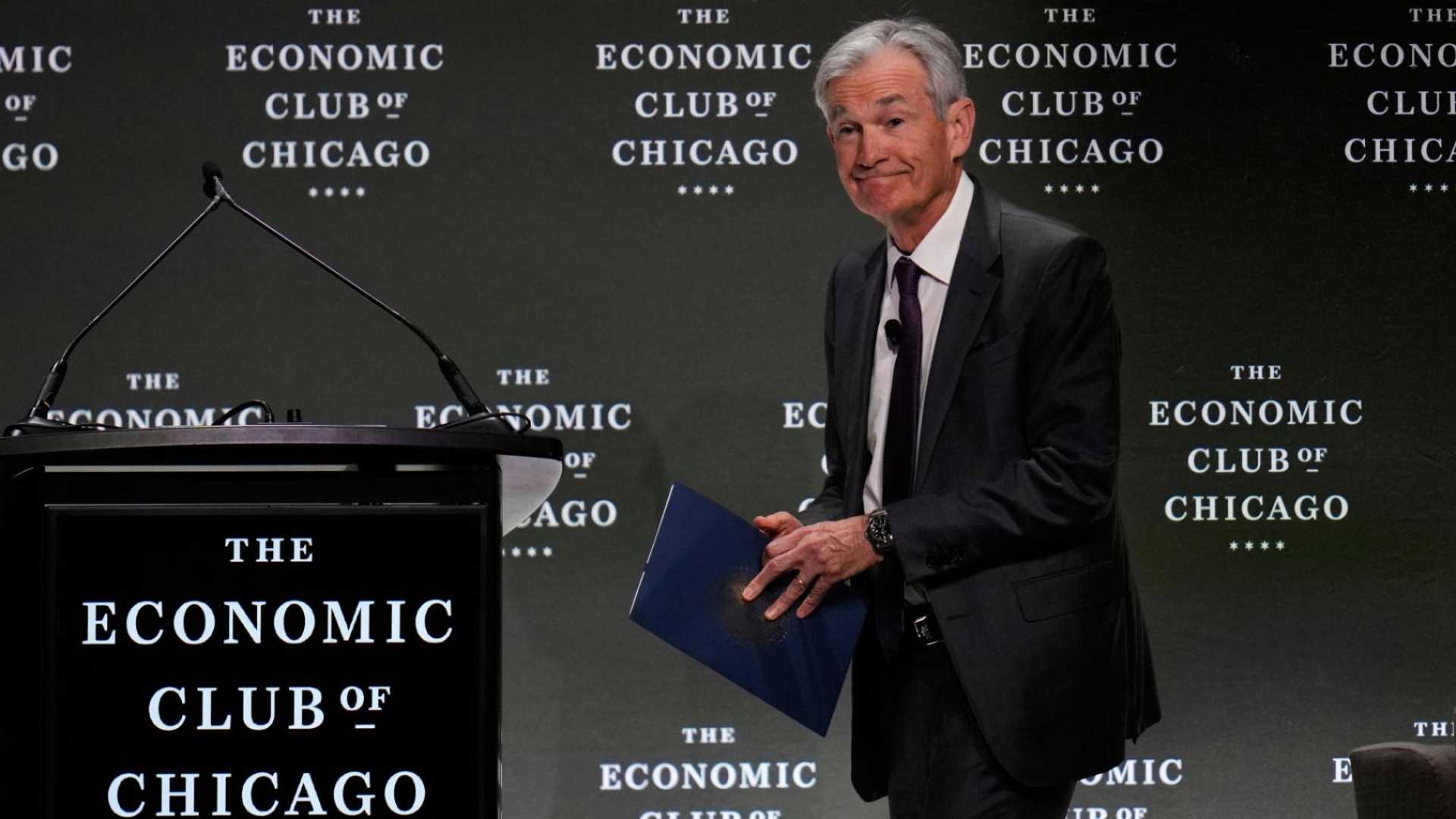Business
Federal Reserve Faces Tough Decisions Amid Economic Uncertainty

Washington, D.C. — Federal Reserve Chairman Jerome Powell is facing unprecedented challenges as he navigates the fine line between controlling inflation and maintaining employment in the current economic climate. Both goals are part of the Federal Reserve’s dual mandate, but recent events have made achieving them more complex.
Powell’s leadership comes at a time when the White House is introducing significant tariffs on major trading partners, which could drive prices up. Simultaneously, rising unemployment presents a stark dilemma. How Powell resolves this issue could have profound implications for the U.S. economy.
The specter of “stagflation,” a combination of stagnant economic growth and inflation, looms over the U.S. If officials handle this issue poorly, the country may face severe economic stagnation. Investors are concerned, as they have grown accustomed to the stock market’s historic rebound during Federal Reserve interventions.
Currently, the Fed’s strategy appears to be one of caution, taking a wait-and-see approach while hoping for clearer trends regarding tariffs. Powell, who has previously expressed admiration for former Chairman Paul Volcker, faces a memory of the 1970s stagflation crisis, a painful period of economic hardship marked by high inflation and unemployment.
Similar circumstances arise today, with estimated household costs potentially soaring by $3,800 this year due to tariffs. At the same time, consumer spending growth has stalled, raising alarms over the potential for stagflation.
The Fed’s current stance reflects its apprehension over both inflation and unemployment. In March, a surprising 98% of Fed members indicated they see inflation as a bigger risk than deflation, suggesting a cautious approach ahead of upcoming economic indicators.
Experts warn that stagflation can dampen corporate revenues, leading to layoffs and reduced consumer spending. Typically, the Fed would respond to inflation by raising interest rates, but in a stagflation scenario, such a move could worsen unemployment and lessen spending.
Despite these concerns, there are signs that a sudden shock might balance the economy more favorably. Businesses may not be able to pass on all costs to consumers, which could stabilize inflation.
Powell’s ability to address these competing issues head-on is crucial. Without decisive action, many fear that Americans will be left to navigate this rocky economic path without the usual Fed support.
As fears of stagflation grow, uncertainty remains high for investors, who may face increased volatility in both stock and bond markets. Adapting to these challenges, investors must remain prudent and strategic in their approach to wealth building over time.












